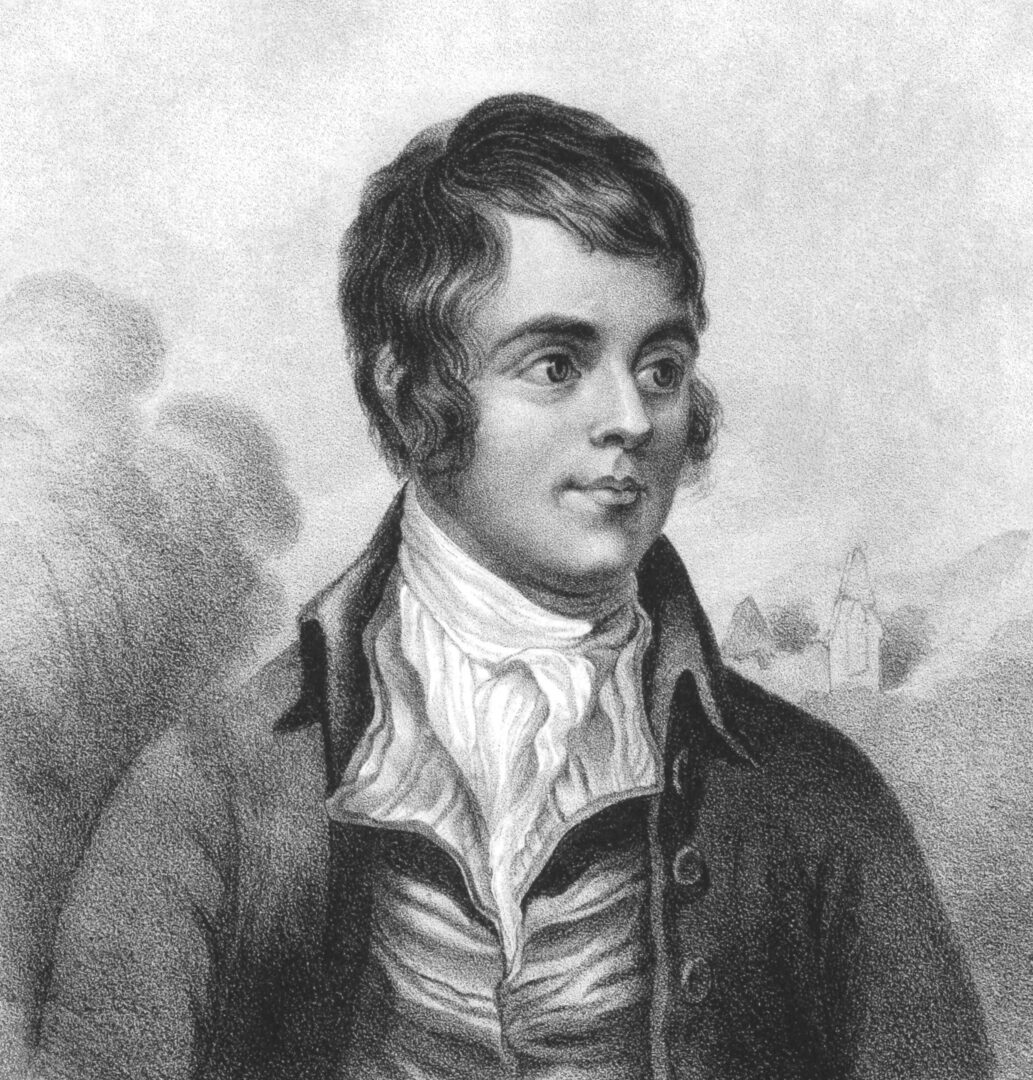
Holiday Activities
We're here to help you and your child navigate the admissions process from start to finish.
Why Do We Celebrate Burns Night?
Robert Burns – widely held as Scotland’s greatest poet – was born on 25th January. To mark the occasion of his birth, people across the globe celebrate Burns Night on that day each year. But what form do traditional Burns Night revels take, and why is Robert Burns a poet worth celebrating?
If you’ve just dived headfirst into your 11 plus journey, take some time out to explore the rituals of Burns Night and some key facts about the man himself, Robert Burns.
What is Burns Night?
Burns Night is a commemoration of the life and legacy of famous poet Robert Burns. First celebrated by Burns’ own friends and family as a memorial to the writer, it has since become an annual celebration in Scotland – and is now popular with nations across the world. Funnily enough, it’s pretty popular with tutors, too! Robert Burns’ poetry is lauded for a reason: it’s clever, witty, and often short, therefore it is a perfect introduction to poetry for younger students, and a good exercise in understanding different dialects.
As such, Burns Night is a great way for parents and teachers alike to get children thinking about literature – because the traditional celebrations tend to encompass not only a Scottish-themed feast, but also plenty of Robert Burns’ poetry.
How is Burns Night Celebrated?
Traditionally, Burns Night is celebrated with the donning of tartan, the flying of the Saltire flag, and the eating of a great supper featuring that all-important Scottish component, haggis. Haggis is a savoury dish comprises of minced sheep’s heart, lungs and liver. It is bound with spices, suet, onion, oats and stock, and during Burns Night it is afforded great pomp: it is customary for the dish to be announced with bagpipes and delivered to the table by the chef.
But first of all, before the meal begins, the ‘Selkirk Grace’ (a prayer attributed by Robert Burns) should be recited:
Some hae meat and canna eat,
And some wad eat that want it,
But we hae meat and we can eat,
Sae let the Lord be Thankit!
When it’s time for the main course and the haggis has been served, the host should recite Burns’ ‘Address to a Haggis’, which begins:
Fair fa’ your honest, sonsie face,
Great Chieftain o’ the Puddin-race!
Aboon them a’ ye tak your place,
Painch, tripe, or thairm:
Weel are ye wordy of a grace
As lang ‘s my arm.
If old Burns Night customs are adhered to, the host should stab the haggis with a traditional dagger (called a dirk) and finish his address with a toast to the dish. There’s no rule about how the haggis should be prepared, though it would be customary to see the classic accompaniments of ‘neeps’ (turnips) and ‘tatties’ (potatoes) served alongside.
It would also not be uncommon to end the meal with plenty of whisky, some rousing choruses of Auld Lang Syne (also attributed to Robert Burns), and perhaps some ceilidh dancing!
Who was Robert Burns?
Robert Burns was born on 25th January 1759, and has been referred to as ‘the greatest Scot of all time’. Sadly, he died of rheumatic fever when he was just 37; but, before doing so, he composed more than 550 poems and songs. He is also known for his political views: an outspoken revolutionary thinker, Burns – popularly known as ‘Rabbie Burns’ – was a key source of inspiration to future liberal and socialist movements.

Here are some key facts about ‘Rabbie Burns’:
- Robert Burns was born in Alloway, Ayrshire, Scotland.
- He originally spelt his name ‘Burnes’.
- He wrote his first poem when he was just 15.
- Though Robert Burns is most commonly referred to as a poet, most of his compositions were in fact songs. In addition, he composed the majority of his work within a single decade.
- Burns fathered at least thirteen children by four different women. The last of these, Maxwell, was born on the day of Robert Burns’ funeral.
- With the exception of Queen Victoria and Christopher Columbus, there are more statues dedicated to Robert Burns across the world than any other non-religious figure.
- The title of the famous novel Of Mice and Men, which was written by John Steinbeck, was inspired by a line in Burns’ poem ‘To a Mouse’: ‘the best laid schemes o’ mice an’ men/ Gang aft agley.’
- a crater on Mercury is named after Burns.
- What would New Year’s Eve be without a rendition of ‘Auld Lang Syne’? This popular tune – one of Robert Burns’ most famous compositions – has appeared in over 170 Hollywood films, including It’s a Wonderful Life, Ocean’s Eleven and Forrest Gump.
Get in Touch
Find out how Mentor can help you support you and your child as you approach the 11+. Get in touch today.
London’s No.1 tuition agency
“For more than 35 years they have been helping students achieve places at the top London day and boarding schools.”
-
Give us a call
020 8883 2519 -
Email us
hello@mentoreducation.co.uk -
Our social media


